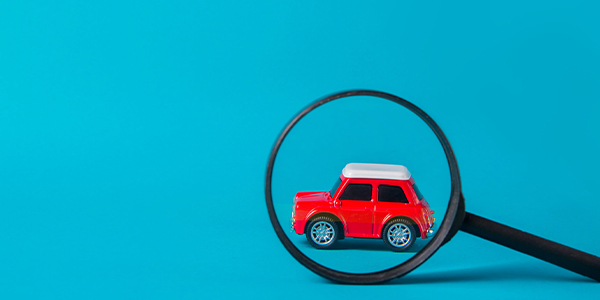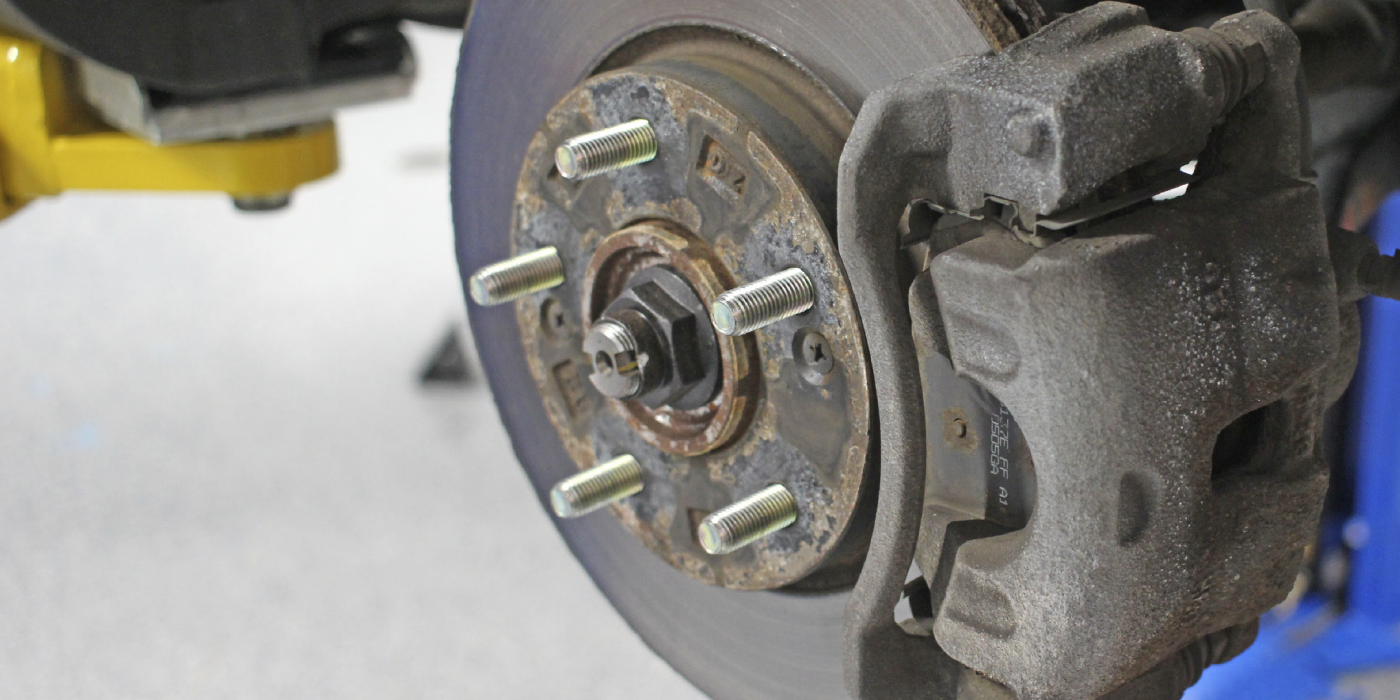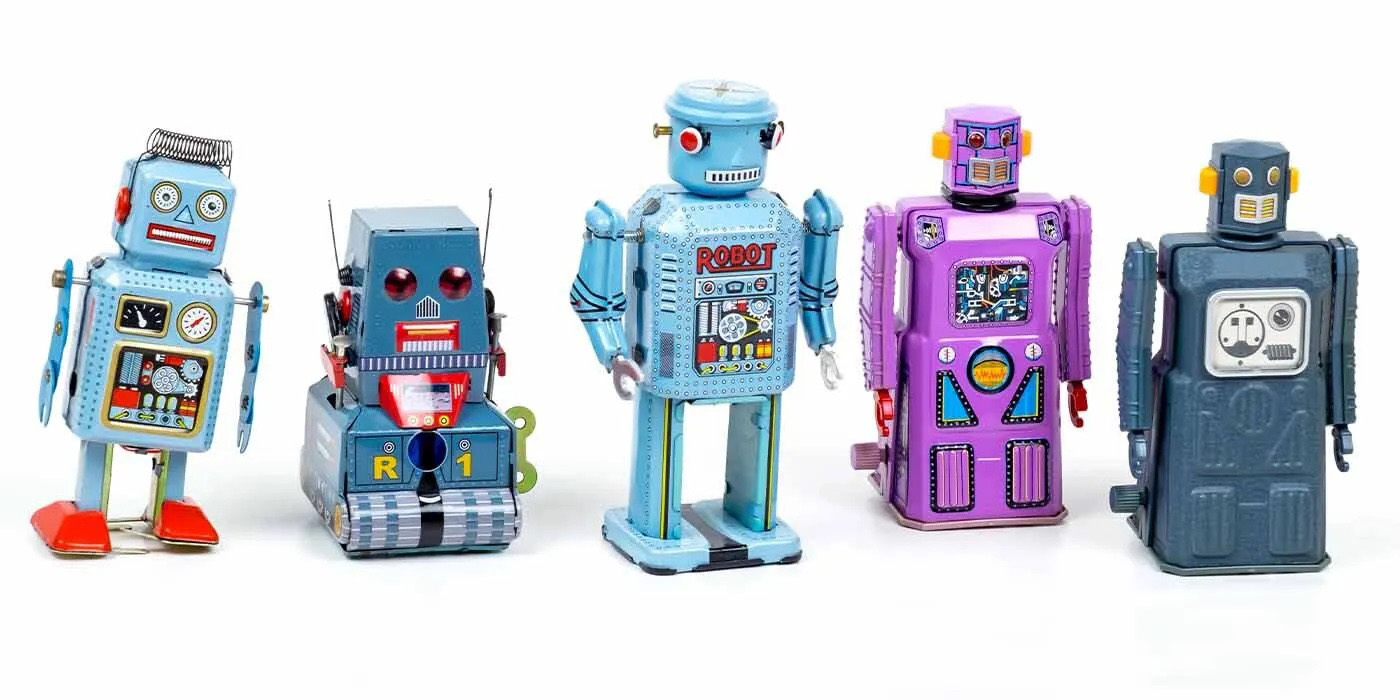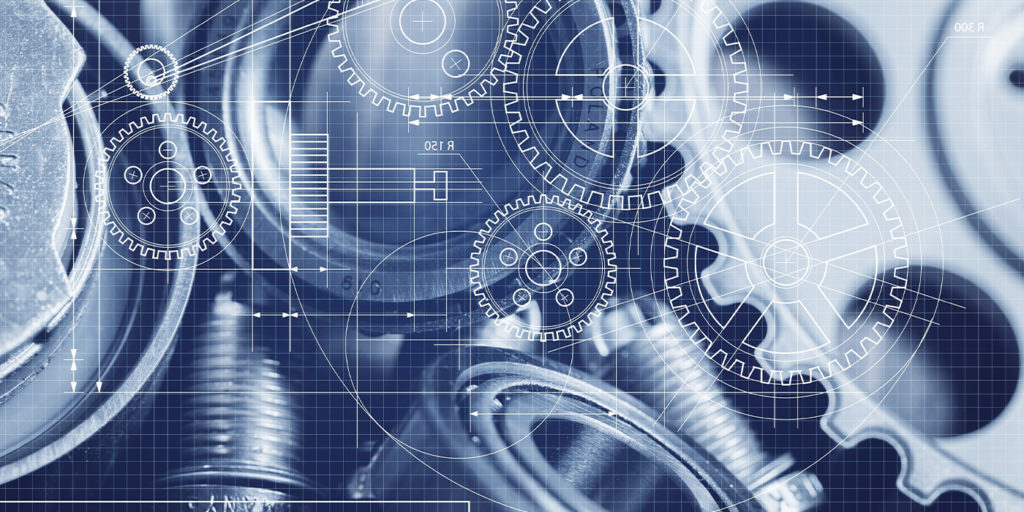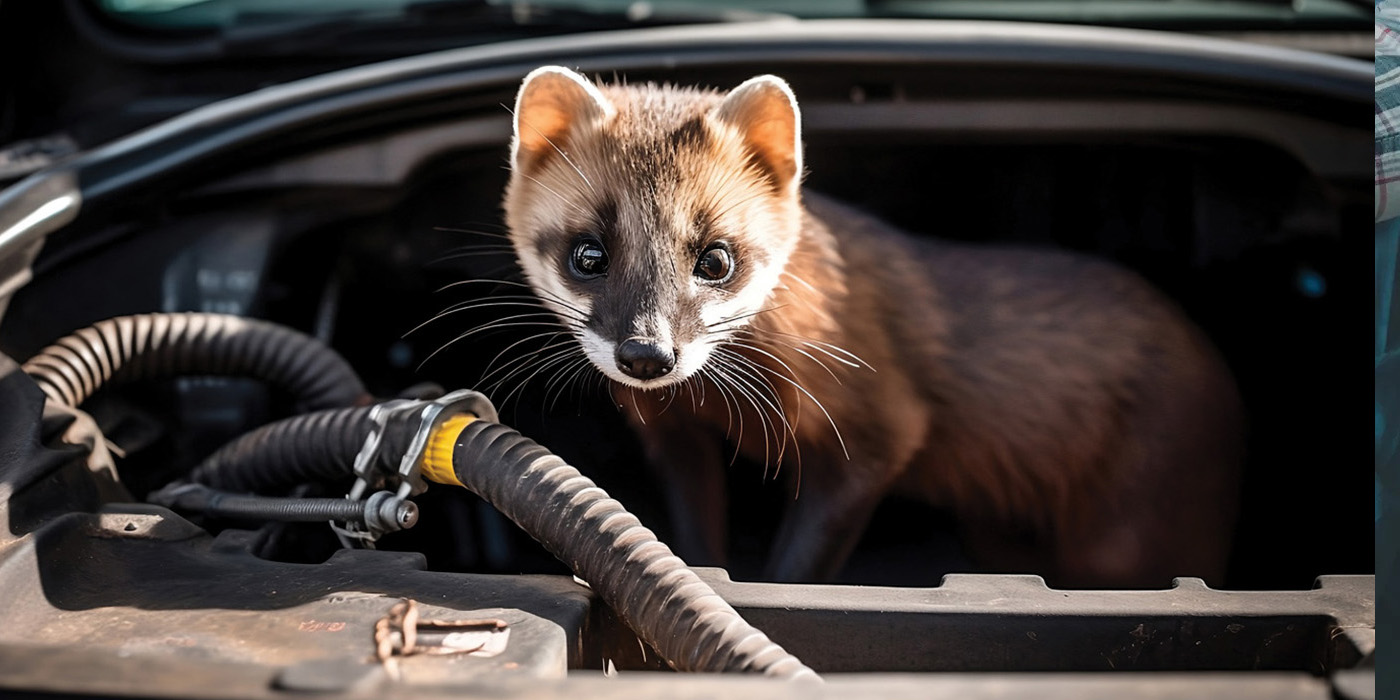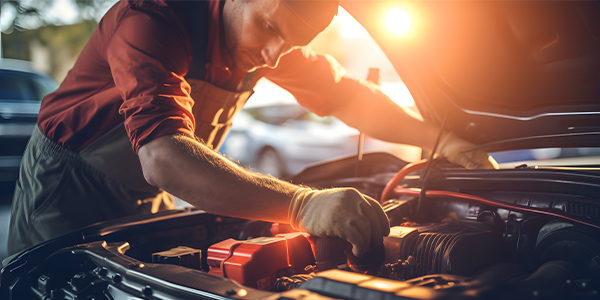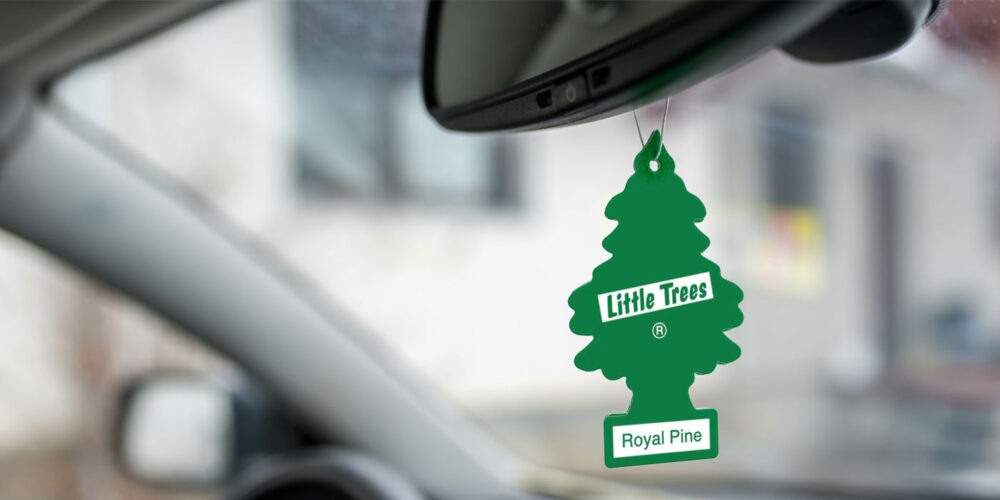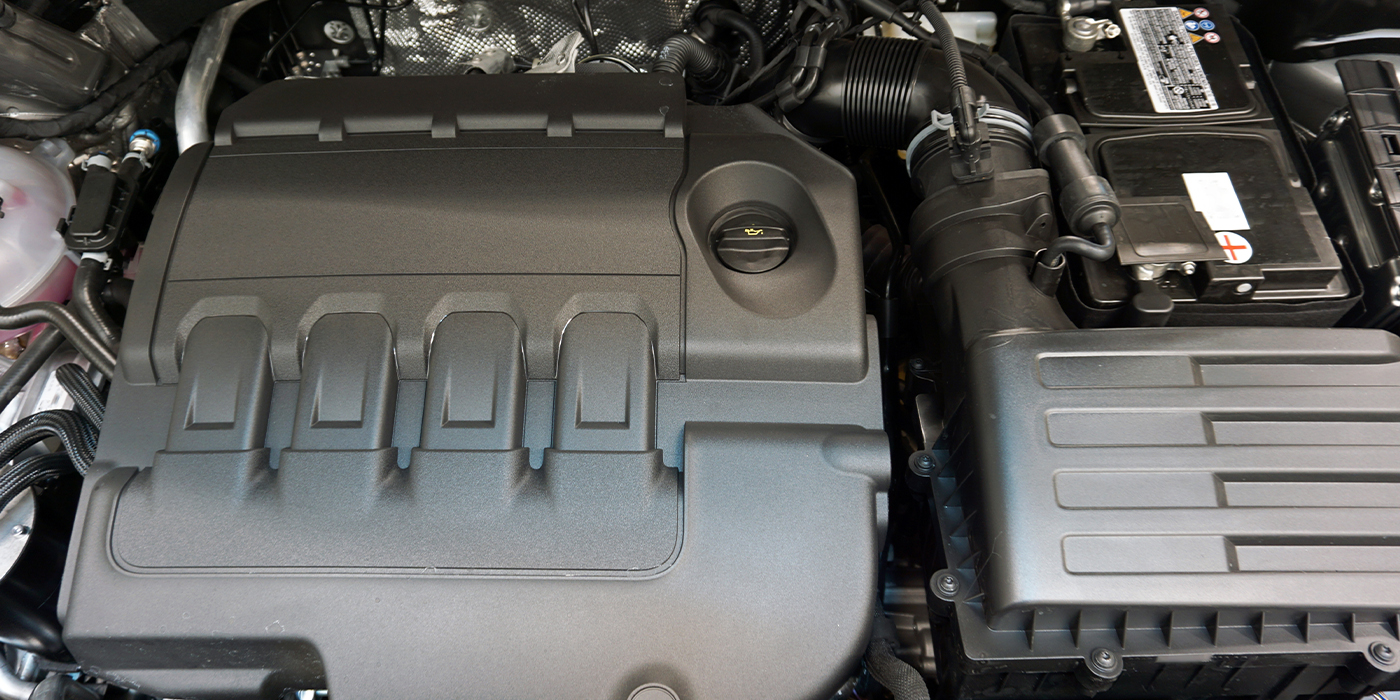This article is courtesy of BodyShop Business.
It worked before I brought it in.” These are words that can drive any collision repair facility crazy.
I would be willing to bet that everyone reading this article has heard this statement and been burned by it, whether it was a sound the customer was hearing or a drivability issue or maybe a door not working perfectly. It doesn’t matter what the issue was. You spent time repairing this vehicle, doing everything you could to get everything right so the customer would get back into their vehicle happy.
You base your shop’s reputation on getting it right. Your livelihood, as well as your employees’ and your family’s livelihood, depends on your shop’s reputation of doing quality work. Insurance companies grade with CSI scores on the quality of work and customer satisfaction being delivered from your shop. This greatly impacts the insurance companies’ policyholder retention. There is a lot riding on customers’ happiness.
Documentation
Because of those infamous words, “It worked before I brought it in,” and how often they’re spoken, the repair industry, whether you’re a body shop, glass shop or mechanical shop, now diligently checks vehicles in and takes photographs to document any items or things that may not be correct with the vehicle upon arrival. This process identifies unrelated prior damage and any other concerns the owner may not be aware of.
A simple question I ask anyone is, “When is the last time you looked at the passenger side of your vehicle?” Many vehicle owners are oblivious to imperfections on their vehicle. Some damage has been there so long that they’ve forgotten about it. But, when it comes time to pick up their vehicle, they notice everything. When they drive away, they turn off the radio for the first time in three years and listen for any noise they might think is odd or wrong. It’s human nature that these things happen. We just have to be prepared and be diligent.
Electronics Changes Everything
I’m not going to call it “new” electronics anymore as it has been around for a few years now, “it” being safety features such as ADAS. These features are hidden in the vehicle and not as obvious as a dent or scratch you can take a picture of and point out. And since they’re not new and the vehicles that have ADAS have time and miles on them, how do you know they’re working when the vehicle comes in? Are any of the components damaged or, in the case of auto glass, burned out or failed such as cameras? I will get more into that in a minute.
I hear of so many technicians being handed a scan tool and told to learn how to use it.
Let’s add that most drivers are either unaware of how these systems operate or have turned these features off so they won’t be bothered by them. Now, the question of what is and is not working before you start repair work will become more relevant when you deliver that vehicle. Remember, “It worked fine before I brought it in.”
Electronic components are expensive to replace. When you add in programming and in-process scans as well as calibrations, the cost of these parts starts to add up quickly.
Not doing a pre-inspection can be a costly mistake. How do you pre-check these when a vehicle is dropped off? What repairs require a pre-inspection? I hope you all answer, “Every job that comes in does.” That to me is the correct answer and is why pre-repair scans are so important to the repair and insurance industries. Without that pre-repair scan, you have no idea what will be unrelated prior damage or related damage when it comes to the vehicle electronics.
The Glass Industry
I’m lucky to be in a position where I work with collision shops, auto glass replacement shops and mechanical shops extensively. I see and hear events unfolding that are giving a glimpse into what will happen to all of these industries in the future in relation to ADAS features and how even legacy systems such as ABS and traction control will affect the repair outcome.
I’ve been involved in many situations looking at where and why electronics are not functioning correctly or why calibrations are unsuccessful after vehicles are repaired. Auto glass companies and body shops are talking about an interesting trend of problems with ADAS features and components during windshield R&I and replacement and the causes of calibration issues. A windshield equipped with a camera designed for vehicles with features such as lane keep assist, lane departure warning or forward crash warning will require a calibration any time the camera is dismounted from its location on the windshield or disconnected from the vehicle.
These discussions among auto glass companies and body shops, plus my own experience in working with these cameras during windshield services, are definitively pointing to the need to do a pre-repair scan on a vehicle before any windshield service is performed.
Without a pre-repair scan, you have no idea what will be unrelated prior damage or related damage when it comes to the vehicle electronics.
OEMs and the Collision Industry Electronic Commerce Association have been saying that pre-repair scans are either recommended or required for a long time. In all industries, there seems to be the thought that, “We’re just replacing the windshield,” or, “It’s just a scratch in the bumper and will not require a pre-repair scan.” However, I’m learning that is a costly mistake for any shop or company to embrace.
I’m currently working through another issue where a windshield was replaced and, when the static calibration or dynamic calibration was performed, the system failed to calibrate. In this case, OE glass was used as well as OE software for the calibration. In the post-repair scan, a code identified a camera DTC. The only option is to relace the camera for $1,200. Now, the customer is inconvenienced and, since the shop was the last one who touched the vehicle, they’re responsible for replacing the camera since no pre-repair scan was done before replacing the windshield. Was the system not operating prior to repairs or did the technician damage the camera during the windshield replacement? We will never know without a pre-repair scan.
Glass Industry and Scan Tools
ADAS components are still relatively new to the glass industry. I hear of so many technicians being handed a scan tool and told to learn how to use it. This sounds easy enough to many people. I also know that, through trial and error, many have succeeded at learning the scan tools. Through that trial-and-error process, glass companies have found many variables as to why calibrations fail – so many, in fact, that the Auto Glass Safety Council (AGSC) published a troubleshooting guide for failed calibrations.
The auto glass industry replaces over 14 million windshields per year. Most of the broken factory windshields today are replaced with non-dealer glass, commonly referred to as aftermarket glass. Many of these windshields may be made by the same companies that make the OE dealer glass, but they’re still aftermarket glass. If there is a failed calibration after the windshield is replaced, the immediate blame usually falls on the aftermarket glass as it is deemed inferior to the dealer glass. In many cases, I’ve seen this to be true. A faulty placement of the bracket and other manufacturing errors usually cause the failure – but not always.
Human error also plays a role in failures: cameras not mounted correctly, damaged during removal or left dangling during a windshield replacement procedure; electrical connections not complete; contamination in front of the cameras on the glass; targets not set on a level floor; the list goes on and on.
The AGSC document lists other calibration failures caused by human error. The one failure that is occurring more often is the mechanical failure of parts before the windshield is replaced. Due to the frequency of this happening, auto glass companies are being more diligent in doing pre-repair scans before the windshield is replaced. This helps them to alert customers of problems with their electronics before the vehicle is worked on and either have them fixed prior to the windshield replacement or sign a waiver. This practice has saved many companies thousands of dollars in would-be warranty work or dissatisfied customers.
One thing that concerns me is the number of technicians who will just clear the codes and return the vehicle back to the customer when this problem or any calibration failure occurs. I’ve spoken to way too many technicians who have done this in recent months. When problems like these occur, many shops are told by dealers that they will not even address the issue until the dealer glass is installed. Even if dealer glass is installed, it’s simple to say that the technician must have damaged the camera and that created the problem. Either way, shops are paying (if they follow through on the safety of their customer) for equipment that may be faulty due to other issues besides the windshield being replaced.
All of this depends on the company having a scan tool that can read all the systems in a vehicle. More and more vehicle manufacturers are discontinuing free access to their vehicles, creating a dilemma for the new models currently being released and more models to come. How will any repair facility know if the systems are operational before work is started? What is incident-related and unrelated prior damage? Who will be paying the bill when older vehicles and new vehicles show up with preexisting codes and problems? This leads me to ask, “Do you feel pre-repair scans should be done on all vehicles regardless of the type of repair?” Something to think about.

